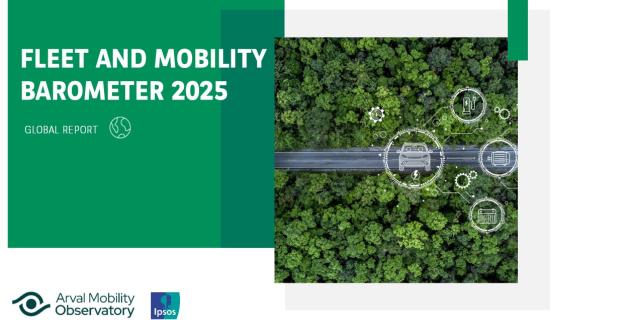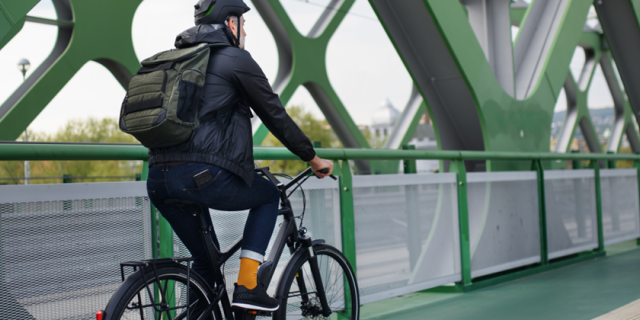Arval 26 & Beyond
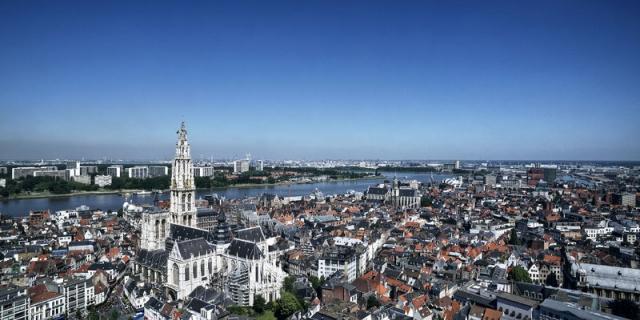
Smart ways to Antwerp: a city with an open mind to mobility
Mon 10/05/21
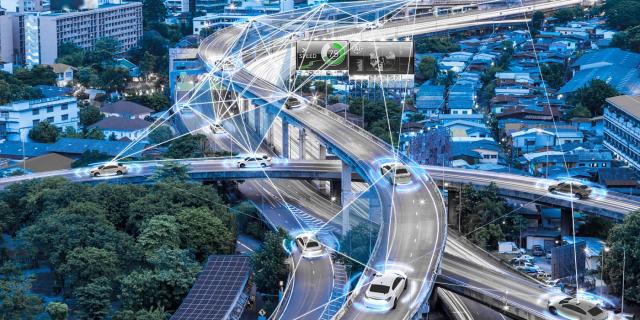
Connected Vehicles
Mon 26/04/21
The Arval Mobility Observatory publishes its Mobility and Fleet Barometer 2021
Tue 20/04/21

Bike usage
Thu 18/03/21
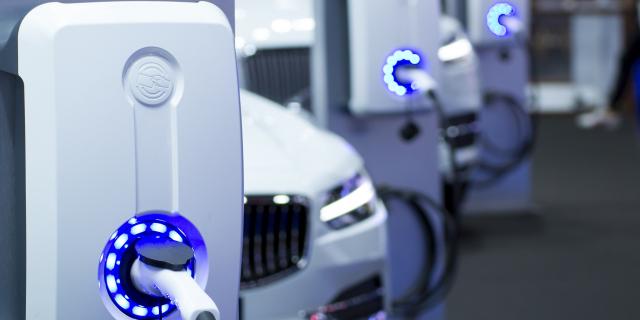
Charging infrastructure in Europe: room for improvement
Tue 09/03/21

Our World Mobility Tour: Lisbon, the 2020 European Green Capital
Tue 02/03/21
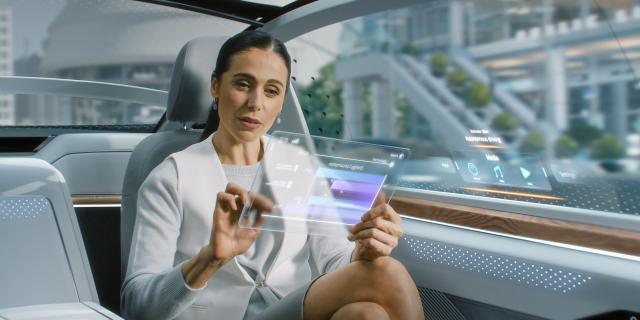
Autonomous Vehicles: Cybersecurity, Insurance and Infrastructure
Mon 08/02/21

The CES 2021
Mon 25/01/21
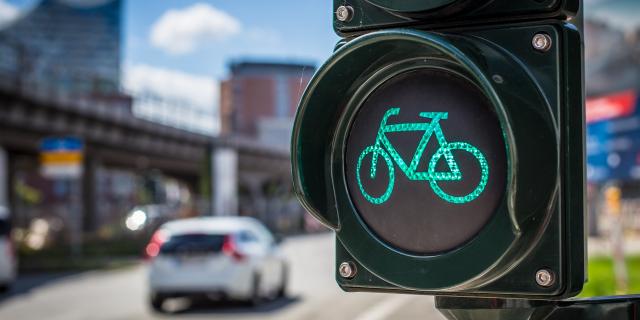
Safety and Security on our Roads
Wed 20/01/21





